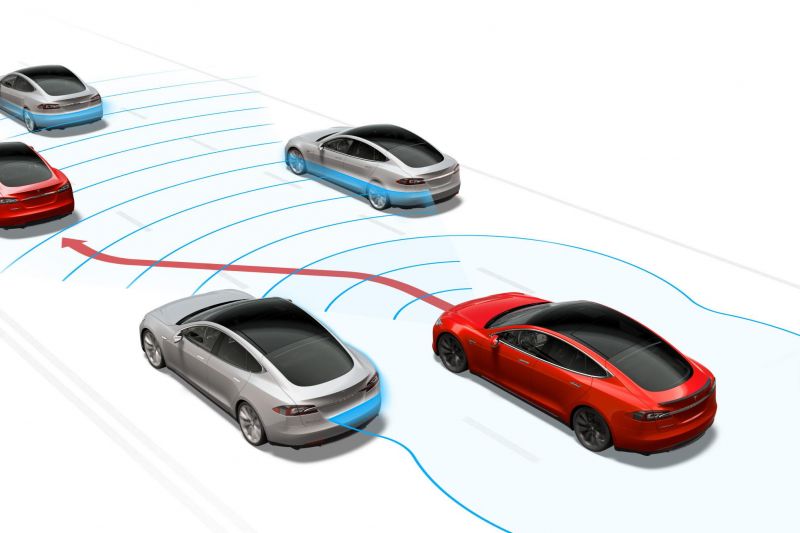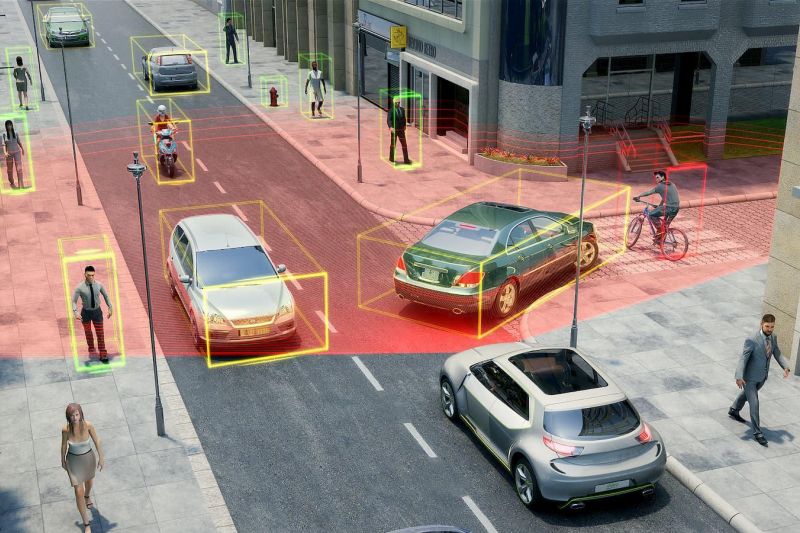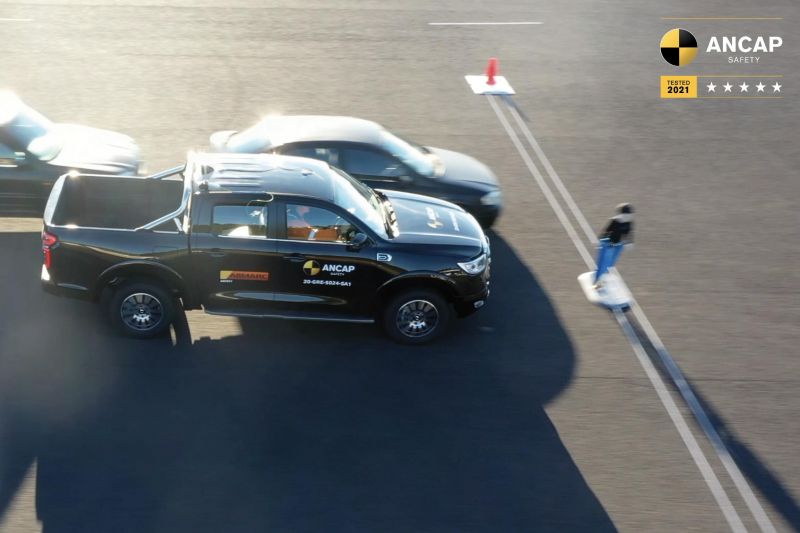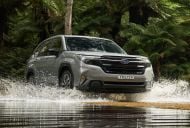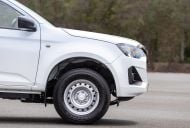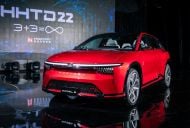The US government agency responsible for road road safety reported 392 crashes attributable to ‘SAE Level 2’ driver-assist active safety functions between July 2021 and May 2022.
Two-thirds of these Level 2 ADAS incident reports, or 273 to be exact, involved Teslas, although there’s a caveat to why the brand accounted for so many of the accidents. This was followed by Honda (90) and Subaru (10).
No other automaker reported more than 10 ADAS crashes during the period.
Over the same period, the body reported 130 crashes involving vehicles using more advanced assisted driving or self-driving aids (SAE Levels 3-5). Almost half of these (62) were reported by autonomous ride-hailing service Waymo LLC, a subsidiary of Alphabet Inc, parent of Google.
Examples of Level 2 ADAS functions are lane-centring assist and adaptive cruise control, whereas the Levels 3-5 categories comprise more autonomous ride-hailing shuttle cars, not currently sold to general consumers due to legal restrictions.
We’ll focus on the Level 2 stuff here because it’s what’s road legal, and representative of what Australian buyers can attain in their new cars.
The collected data was compiled following the issuance of a Standing General Order from the US National Highway Traffic Safety Administration (NHTSA), about a year ago.
It ordered carmakers and relevant operators to report crashes involving vehicles using various driver-assist functions, on public roads, on account of the rapid rollout of these technologies.
Crashes involving a Level 2 ADAS-equipped vehicle are deemed reportable if any of the features were in use at any time within 30 seconds of the crash, and the crash involved a vulnerable road user, or resulted in a fatality or injury, vehicle tow-away, or airbag deployment.
The NHTSA data shows of the 392 Level 2 ADAS crashes reported over the period, 258 came from detailed onboard telematics, while a further 139 came from complaints or lodged claims. A small number of data sources included police reports, media reports, and testing incidents.
There were six fatalities, five serious injuries, 22 moderate injuries, and 19 minor injuries recorded.
However, before reading too much into the abundance of Tesla incidents, the NHTSA has cautioned that the data had limitations, stating that “crash data recording and telemetry capabilities may vary widely by manufacturer and driving automation system”.
“Due to variation in data recording and telemetry capabilities, the Summary Incident Report Data should not be assumed to be statistically representative of all crashes,” it said.
“For example, a Level 2 ADAS-equipped vehicle manufacturer with access to advanced data recording and telemetry may report a higher number of crashes than a manufacturer with limited access, simply due to the latter’s reliance on conventional crash reporting processes.
“… Some manufacturers have access to a much greater amount of crash data almost immediately after a crash because of their advanced data recording and telemetry.”
Building on this was National Transportation Safety Board (NTSB) Chair Jennifer Homendy, who told Reuters that “Tesla collects a huge amount of high-quality data, which may mean they’re overrepresented in NHTSA’s release”.
Further, the NHTSA adds that these data points are not normalised by the number of vehicles a manufacturer has deployed or by vehicle kilometres traveled.
“That information is held by manufacturers and not currently reported to NHTSA. Thus, these data cannot be used to compare the safety of manufacturers against one another,” the body said.
At the same time, Tesla’s optional driver assistant software dubbed ‘Full Self Driving’ has created confusion about vehicle capabilities, and been criticised accordingly.
As again reported by Reuters, Democrat Senators Ed Markey and Richard Blumenthal told NHTSA that “publicising the data alone is not enough. We urge NHTSA to … shed needed light on this out-of-control industry and impose guardrails to prevent more deadly crashes”.
MORE: Tesla Model X driver blames Autopilot for Melbourne crash – report





